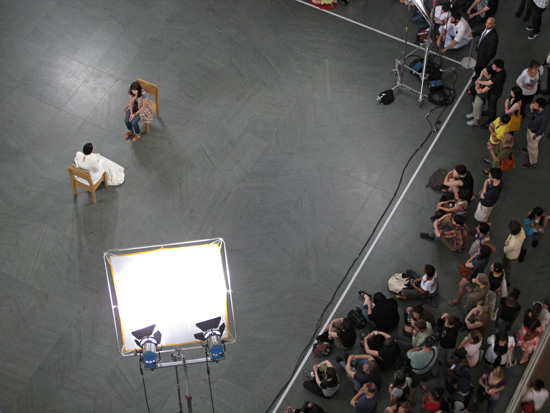Notes
1
Mark Fisher, Capitalist Realism: Is There No Alternative? (Winchester UK: Zero Books, 2009), 25.
2
Ibid., 24.
3
Claire Bishop, “No Pictures, Please: Claire Bishop on the Art of Tino Sehgal,” in Artforum International 43, no. 9 (May 2005): 215–217.
4
See Richard Florida, The Rise of the Creative Class. And How It’s Transforming Work, Leisure and Everyday Life (New York: Basic Books, 2002).
© 2010 e-flux and the author
